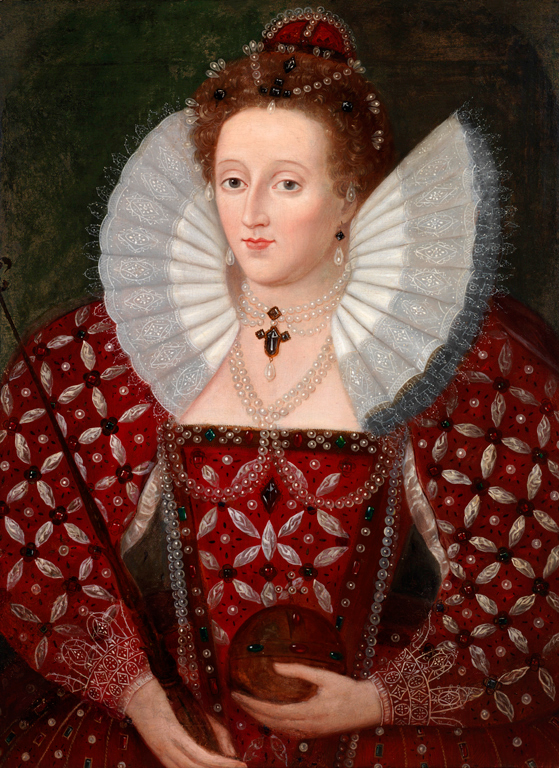Se-tenant: King George VI and Queen Elizabeth (South Africa 1947)
King George VI and Queen Elizabeth (South Africa 1947)
17 February (South Africa ) within release Royal Visit goes into circulation Se-tenant King George VI and Queen Elizabeth face value 2*2 South African penny
| Se-tenant King George VI and Queen Elizabeth in catalogues | |
|---|---|
| Yvert et Tellier: | Yt:ZA 161-ZA 164 |
| Stanley Gibbons: | Sg:ZA 112 |
Se-tenant is square format.
watermark Multiple Springbok's HeadAlso in the issue Royal Visit:
- Se-tenant - King George VI face value 2*1;
- Se-tenant - King George VI and Queen Elizabeth face value 2*2;
- Se-tenant - Princesses Elizabeth and Margaret face value 2*3;
- Stamp - King George VI face value 1;
- Stamp - King George VI face value 1;
- Stamp - King George VI and Queen Elizabeth face value 2;
- Stamp - King George VI and Queen Elizabeth face value 2;
- Stamp - Princesses Elizabeth and Margaret face value 3;
- Stamp - Princesses Elizabeth and Margaret face value 3;
|
Data entry completed
50%
|
|
|---|---|
| Se-tenant King George VI and Queen Elizabeth in digits | |
| Country: | South Africa |
| Date: | 1947-02-17 |
| Perforation: | 15 x 14 |
| Format: | Se-tenant |
| Face Value: | 2*2 South African penny |
Se-tenant King George VI and Queen Elizabeth it reflects the thematic directions:
King is the title given to a male monarch in a variety of contexts. The female equivalent is queen regnant (while the title of queen on its own usually refers to the consort of a king). In the context of prehistory, antiquity and contemporary indigenous peoples, the title may refer to tribal kingship. Germanic kingship is cognate with Indo-European traditions of tribal rulership (c.f. Indic rājan, Gothic reiks, and Old Irish rí, etc.) In the context of classical antiquity, king may translate Latin rex or either Greek archon or basileus. In classical European feudalism, the title of king as the ruler of a kingdom is understood as the highest rank in the feudal order, potentially subject, at least nominally, only to an emperor (harking back to the client kings of the Roman Empire). In a modern context, the title may refer to the ruler of one of a number of modern monarchies (either absolute or constitutional). The title of king is used alongside other titles for monarchs, in the West prince, emperor, archduke, duke or grand duke, in the Middle East sultan or emir; etc. Kings, like other royalty, tend to wear purple because purple was an expensive color to wear in the past.
Queen - the title of reigning female monarch or the wife of the king in a number of countries


